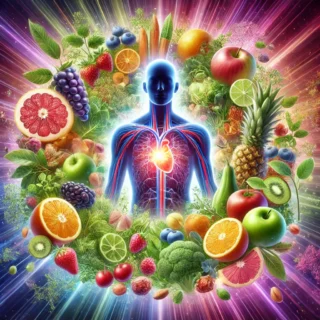Acne: Causes, Symptoms, & Treatment

Acne is a skin condition that affects about fifty million people in the U.S. every year. The condition is tagged with adolescent and puberty, but it can affect anyone, even newborns (neonatal acne).
About 85% of people between the ages of 12-24 experience minor acne that resolves with time. However, the condition can become chronic and longer on till the late forties in some people.
Acne is more than a cosmetic issue; it can have debilitating effects on one’s emotional health and self-confidence. That excludes the financial burden of the condition’s treatment cost, which exceeded $1.2 billion in 2013 in the United States alone. The loss of productivity in terms of lost workdays is another account.
Read on to know a brief detail about acne.
Causes of acne
Acne appears as spots and pimples almost anywhere on the body. Face, shoulders, neck, chest, back, legs, buttocks, and upper arms are the common sites of acne breakouts.
There are many types of acne; blackheads, whiteheads, papules, pustules, nodules, and cysts. They can be non-inflammatory as blackheads or whiteheads or inflammatory as papules, pustules, nodules and cyst.
Many factors predispose skin to acne; however, the underlying mechanism is the same.
Our skin has pores that form the opening of the skin follicle to the outside on the skin surface. Each follicle houses sebaceous glands and a hair follicle. Sebum, dead skin cells, dust and grime, and ingrown hair keep accumulating in the skin pores.
Depending on whether the pore is blocked or not, the choked skin pore may appear white or blackhead. This results in acne as a single spot or a skin breakout.
If the choked skin pore becomes superadded with bacterial infection, it takes a more aggressive appearance in the form of inflammatory lesions as papules, pustules, etc.
The predisposing factors to acne could be;
- Hormonal
- Family history
- Consumption of processed diets rich in fats and sugars
- Intake of certain medications like steroids, testosterone or birth control pills
- Use of cosmetics that clog the skin pores
- Environmental factors like humidity or air pollution
Symptoms of acne
The skin of a person suffering from acne exhibits;
- Whiteheads (closed comedones)
- Blackheads (open comedones)
- Red small bumps due to inflammation of the hair follicle called papules
- Red spots containing pus called pustules
- Crust formation on skin bumps
- Skin eruptions with redness of the surrounding skin
- Skin scarring
- Acne formation in deeper skin layer resulting in painful cyst formation
When to see a doctor
The following signs and symptoms warrant a visit to dermatologist:
- Resistant acne that does not respond to over-the-counter remedies
- Superadded bacterial infection of acne
- If acne appears in infants and elderly adults
Treatment of acne
The majority of the acne cases resolve with self-care and good hygienic practices. These include;
- Cleaning the skin with a nondrying soap mild soap that is gentle on the skin
- Using water-based or non-comedogenic cosmetics and moisturizing formulas that do not clog pores
- Cleansing of skin from dirt and cosmetics etc.
- Avoid using harsh scrubs and chemicals.
- Keeping hair clean by regular use of shampoo
- Adopting hairstyles that keep the hair out of the face
- Taking care of scalp dandruff
- Avoid touching face unnecessarily
Over-the-counter medication for acne management include;
- Drying formulas like benzoyl peroxide that dry the pimples, prevent new eruptions and prevent superadded bacterial infections
- Formulas that remove dead skin cells as resorcinol
- Formulas that contain pore-cleaning agents like salicylic acid face washes
- Sulphur preparations to dry the oily skin and remove dead skin cells
Prescription medicine for resistant acne include;
- Short-term therapy with oral or topical antibiotics to reduce inflammation and remove acne-causing bacteria
- More potent topical preparations containing retinoic acid or prescription-strength benzoyl peroxide to reduce oil production and prevent bacterial infection
- Birth control pills or spironolactone to treat hormonal causes of acne in women to regulate hormones and reduce sebum production
- Vitamin-A-based medication called Isotretinoin (Accutane) to treat severe nodular acne
- Cortisone injections alongside other acne treatments to reduce inflammation and speed up healing of the skin lesions
Treating and managing complicated cases associated with scarring may require a step-ahead protocol via;
- Chemical peeling to remove the top skin to smoothen away scarring
- Dermabrasion to remove the top layers of skin for treating acne scars
Photodynamic therapy employs medication and a special light or laser to reduce sebum production and inflammation

This article created by Dr. Jim Liu.
There’s nothing more important than our good health – that’s our principal capital asset.
#medical #telehealth #acne #umedoc




